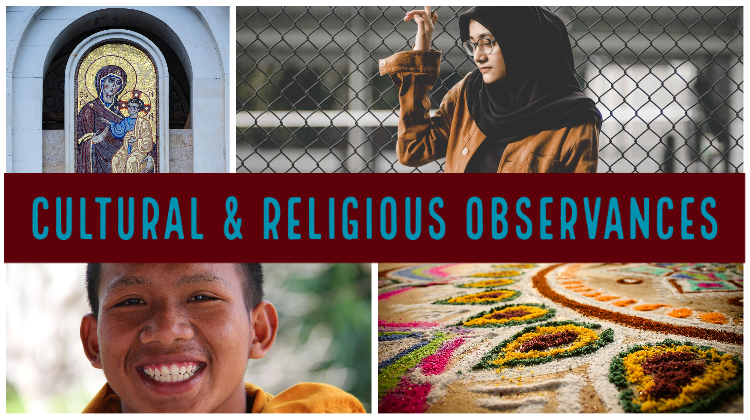Yom HaShoah
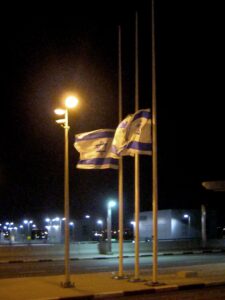
Culture/religion: Judaism
Date: April 28
Yom Hashoah, known by the full name of Yom Hashoah Ve-Hagevurah (“Day of (Remembrance of) Holocaust and the Heroism”), is a day of commemoration of the victims of the Holocaust. The day is observed on the 27th day in the month of Nisan – a week after the seventh day of Passover.
The date of Yom Hashoah was determined by the Israeli Parliament on April 12, 1951, and was enacted in a formal law on August 19, 1953, but is observed by Jewish communities worldwide.
Since the early 1960s, a siren is sounded throughout the State of Israel at sundown as the holiday begins and again at 11:00 a.m. the following morning, stopping traffic and pedestrians for two minutes of silent devotion. There are no public entertainment venues open on this day, but television and radio provide programs connected to the events through interviews with survivors and music appropriate to the memory of the time.
Observance of the day varies by region, from no change in the daily religious services in Orthodox synagogues, to synagogue services, communal vigils and educational programs in other regions.
Yom HaShoah begins a sundown April 27.
Alternate spelling: Yom Ha-Shoah
Pronunciation: YOHM hah shoh-AH
Sources:
Yom Hashoah: Holocaust Memorial Day, My Jewish Learning
Glossary of Jewish Terminology, Judaism 101, jewfaq.org
Laylat al-Qadr
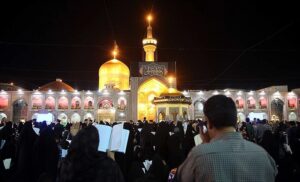
Culture/religion: Islamic
Date: April 28
Laylat-al-Qadr is known as the Night of Power and is said to be the holiest night in the Islamic calendar.
Laylat-al-Qadr is the night when the first verses of the Holy Qur’an were revealed to the Prophet Muhammad. The night falls in the last 10 days of Ramadan, and while the exact date is unknown, it is believed to fall on the 27th of the Holy month.
Observances include dedicating the day to worship, reciting the Holy Qur’an to learn the teachings and giving to those in need.
Sources:
The Night of Power – Laylat-ul-Qadr, MuslimAid.org
Asian Pacific American Heritage Month
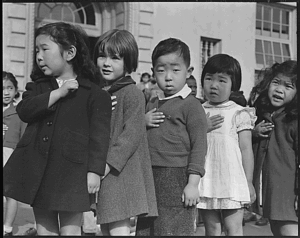
Culture/religion: National observance
Date: May
Asian/Pacific American Heritage Month began with Congress in 1977 and was finalized on October 5, 1979 when president Jimmy Carter signed House Joint Resolution 1007 proposing the president proclaim a week during the first ten days of May of 1979 as Asian/Pacific American Heritage Week.
In 1990, Congress passed Public Law 101-283 which expanded the observance to a full month in May 1990, followed by the passing Public Law 102-450 in 1992 designating the Asian/Pacific American Heritage Month an annual observance
The month of May was chosen to commemorate the immigration of the first Japanese to the United States on May 7, 1843, and to mark the anniversary of the completion of the transcontinental railroad on May 10, 1869 in honor of the Chinese immigrants who laid many of the tracks.
Sources:
Jewish American Heritage Month
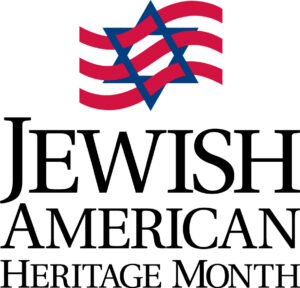 Culture/religion: National observance
Culture/religion: National observance
Date: May
On April 20, 2006, President George W. Bush proclaimed May to be Jewish American Heritage Month, recognizing Jewish contributions to American culture, history, military, science, government and more.
The month of May was chosen due to the highly successful celebration of the 350th Anniversary of American Jewish History in May 2004.
Sources:
JewishAmericanHeritageMonth.gov
Beltane
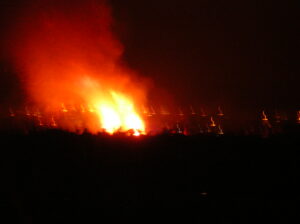
Culture/religion: Pagan/Wiccan
Date: May 1
Beltane, the Gaelic May Day festival, is a celebration that falls midway between the spring equinox and the summer solstice, most commonly observed on May 1 of each year. Beltane is considered to be one of the turning points in the year and is observed in celebration of the onset of summer.
Beltane is one of four Gaelic seasonal festivals during the year: Samhain, Imbolc and Lughnasadh.
Alternate spelling: Beltain
Sources:
Beltane, Wikipedia
This is How Pagans Celebrate May Day, HuffPost

